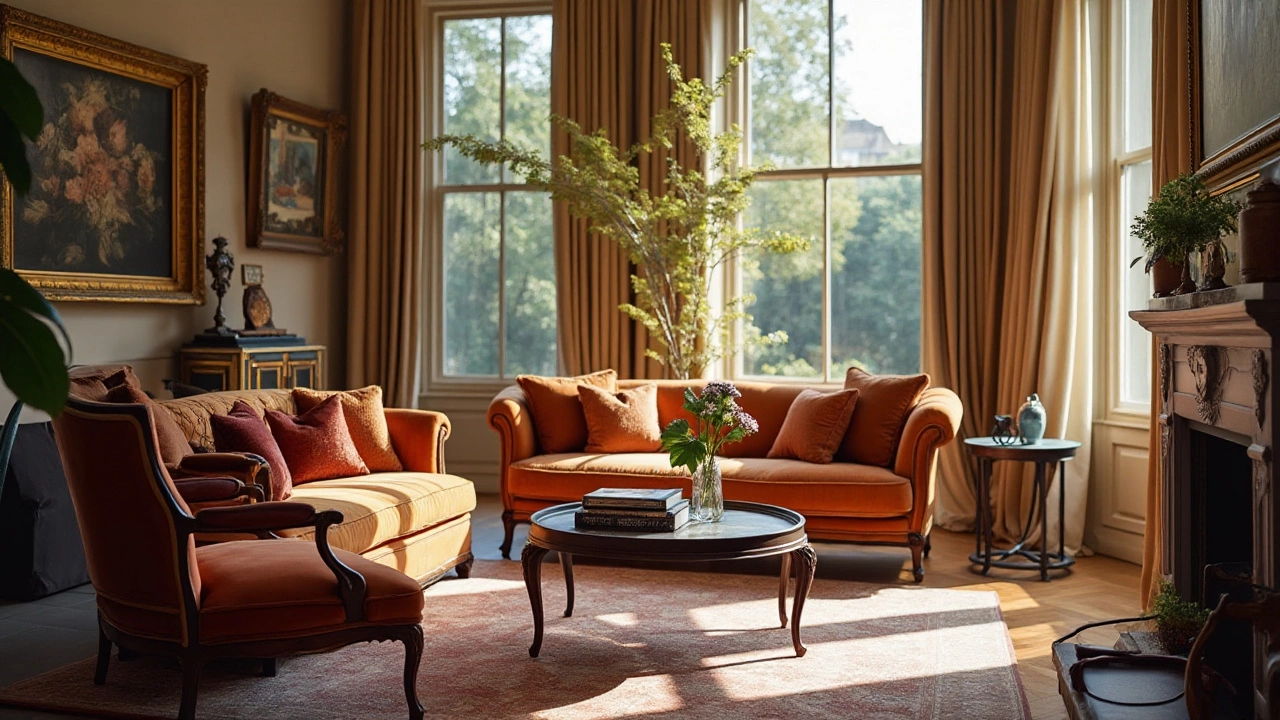Furniture Spending: Practical Tips for Getting the Most Value
Buying furniture can feel like a big expense, especially when you want style and durability. The good news is you don’t have to break the bank to fill your home with pieces you love. Below are simple steps you can follow to keep your furniture spending under control while still getting quality items.
What Drives Furniture Costs?
First, understand what makes a piece of furniture pricey. Materials are the biggest factor – solid wood, genuine leather, and high‑grade metals cost more than particle board or faux leather. Next comes construction: a strong frame, good joinery, and well‑made cushions add to the price. Finally, brand reputation and design trends can push the cost up, even if the basics are the same.
Knowing these three drivers helps you spot where you can save. For example, a solid‑wood frame will last longer than cheap pine, but you might choose a good veneer if you’re on a tight budget. Likewise, a solid‑fabric sofa will beat a cheap synthetic blend in durability, but a well‑made microfiber can give you comfort without the high price tag.
Tips to Stretch Your Furniture Budget
1. Set a Clear Budget – Write down how much you can spend on each room. Having a number in front of you prevents impulse buys.
2. Shop Sales and Clearances – Many stores discount seasonal items or overstock pieces. Sign up for newsletters to get early alerts.
3. Consider Second‑Hand Finds – Good quality used furniture can be a treasure. Look for items in good condition and give them a quick clean or a fresh coat of paint.
4. Mix and Match – Pair a higher‑end sofa with budget side tables. This balances the overall look without overspending on everything.
5. Measure Before You Buy – Knowing the exact space you have avoids costly returns and ensures the piece fits perfectly.
6. Focus on Versatile Pieces – Choose furniture that can serve multiple purposes, like a storage ottoman or a sleeper sofa. One item does the job of two.
7. Check for Warranty and Return Policies – A good warranty protects you from early failures, saving money on repairs or replacements.
8. DIY When Possible – Simple updates like new hardware, a fresh coat of paint, or swapping cushions can revive older items and extend their life.
By combining these tactics, you can keep your furniture spending realistic while still achieving a look you’re proud of.
Remember, spending wisely isn’t about buying the cheapest thing; it’s about getting the best value for each pound you spend. Look for solid construction, reputable materials, and timeless design. When you know what you’re paying for, you’ll feel confident that your furniture will last for years.
Ready to start? Grab a notebook, set your numbers, and head to your favorite store or online shop. With a clear plan, you’ll see that affordable, stylish furniture is well within reach.
Is Investing in a High-End Sofa Worth the Price?
When it comes to investing in a sofa, price often reflects a combination of factors such as materials, craftsmanship, and design. Deciding whether to spend a significant amount on a sofa involves considering its long-term value, comfort, and style adaptability. High-end sofas may offer a blend of aesthetics and durability, but finding the balance between budget and quality is essential. Explore the advantages and drawbacks of splurging on a sofa to make an informed choice. Discover practical tips for ensuring your investment meets your lifestyle needs and stands the test of time.
More
